**Note: This page is for educational inspiration and is not officially affiliated with World Nursery Rhyme Week. World Nursery Rhyme Week is an annual initiative, typically held in mid-November, created by Music Bugs in 2013. It aims to celebrate the importance of nursery rhymes in early childhood development, focusing on literacy, language, and communication skills. For official information and to learn more, please visit their website (www.worldnurseryrhymeweek.com).
Monday 10th - Friday 14th November 2025
Understanding World Nursery Rhyme Week in EYFS & KS1
Twinkle, twinkle, little star! ✨ World Nursery Rhyme Week is an annual initiative, typically held in mid-November, created by Music Bugs in 2013. In 2025, the event is being held from the 10th to the 14th November. This week-long global event celebrates the profound importance of nursery rhymes in early childhood development. It highlights how these traditional rhymes are fundamental for building literacy, language, and communication skills, as well as fostering emotional intelligence and physical development. It's a joyful opportunity to immerse young children in the rhythmic, rhyming world of classic verses.
For early years settings, nurseries, preschools, childminders, and Year 1 and Year 2 classrooms, this week provides a wonderfully engaging and foundational theme for exploring language acquisition, phonics, storytelling, musicality, and expressive arts. It's about leveraging the power of familiar rhymes to enhance learning across multiple domains, promoting vocal confidence, and deepening an appreciation for words and sounds. This week offers fantastic planning ideas and inspiration for engaging activities that truly resonate with young minds, making learning both playful and incredibly impactful.
Why Are Nursery Rhymes Important for Young Children?
Integrating nursery rhymes into your practice with young children (aged 0-7) is great for fostering holistic development. These simple verses are powerful educational tools that lay crucial foundations for future learning.
Language and Communication: Rhymes introduce new vocabulary, sentence structures, and patterns of speech, enhancing Communication & Language skills. The repetition helps with memorisation and oral fluency.
Phonological Awareness: The rhyming words and distinct sounds within nursery rhymes help children develop phonological awareness, a vital pre-reading skill for Phonics and Literacy.
Memory and Sequencing: Learning and reciting rhymes improves memory and the ability to follow a sequence of events.
Physical Development: Many rhymes involve actions, promoting gross and fine motor skills and coordination (Physical Development).
Emotional Development: Rhymes can be comforting, joyful, and help children express and understand emotions (Personal, Social & Emotional Development).
Musicality: Rhymes introduce rhythm, beat, and melody, fostering an early appreciation for music and sound (Expressive Arts & Design).
Social Connection: Singing rhymes together builds a sense of community and shared experience.
Engaging Nursery Rhyme Activities for World Nursery Rhyme Week (0-7 Year Olds)
Make World Nursery Rhyme Week a truly melodic and language-rich experience with these planning ideas and activities perfect for EYFS and KS1 children. The focus is on singing, playing, and exploring the magic of rhymes! Many of these early years and year 1 activities can be supported by the extensive range of printable resources we have available on our dedicated 'Nursery Rhymes' page.
Here's some inspiration for bringing nursery rhymes to life in your setting: (Please use your own discretion and knowledge of your children to ensure appropriateness of each activity and safety concerning any materials given and activity undertaken.)
Daily Rhyme Focus: Choose a different nursery rhyme to focus on each day of the week. Sing it, act it out, and explore its vocabulary. Our extensive list of individual nursery rhyme resource packs includes:
Rhyme Colouring Fun: Use our 'Nursery Rhyme Lyrics/Words - Colouring Pages' and 'World Nursery Rhyme Week' Colouring Posters (Free Sample)' to reinforce the words and provide a calming activity.
Nursery Rhyme Puzzles: Engage children with our 'Nursery Rhyme Puzzles' and 'Nursery Rhyme Puzzles - Colouring' to develop problem-solving and fine motor skills while reinforcing rhyme recognition.
Character Play & Hot Seating: Bring rhyme characters to life! Use our 'Nursery Rhyme Character Descriptions - Acting, Hot Seat, Listening Activity' for role-play and to encourage children to think about character feelings and motivations (Personal, Social & Emotional Development).
Action Rhymes: Emphasise the actions that go with many nursery rhymes. Encourage expressive movement (Expressive Arts & Design) and physical participation (Physical Development).
Rhyme Time Sing-Along: Have dedicated sing-along sessions each day, using a variety of rhymes. Our 'Free 'Music & Sound' Resources' can provide additional support for musical activities.
Rhyming Word Hunt: After singing a rhyme, identify and clap for the rhyming words. This is excellent for Phonics and Literacy development.
Creative Rhyme Extension: Encourage children to draw what they imagine as they sing a rhyme, or even create a new verse for a familiar rhyme. This promotes Expressive Arts & Design.
Explore More: Please visit our 'Nursery Rhymes' page to explore our extensive catalogue of nursery rhyme resources!
These activities offer great inspiration for making World Nursery Rhyme Week a memorable and impactful experience in your early years and Key Stage One setting, fostering language development, early literacy skills, physical coordination, and a deep love for music and storytelling.
To explore ideas surrounding additional early years events, please visit our 'Special Dates Calendar' page.
Printable resources to support teaching & learning surrounding: ‘World Nursery Rhyme Week’
Please select the buttons below to explore resources for each nursery rhyme:
Please visit our ‘Nursery Rhymes’ page to explore our extensive catalogue of nursery rhyme resources!
Additional Pages you may like to explore which cover relevant &/or Connected themes
More Early Years Event Pages for NOvember
Sweet treats and healthy eats! 🍬🥕 Sugar Awareness Week is an annual campaign in the UK, organised by Action on Sugar, typically held in November. Its primary goal is to raise awareness of…
Let's sprinkle kindness everywhere! 💖 World Kindness Day is an international observance on November 13th, introduced in 1998 by the World Kindness Movement. Its core purpose is to…
Let's make a stand together! ❤️ Anti-bullying Week is an annual event in the UK, organised by the Anti-Bullying Alliance (ABA), typically taking place in November. It aims to raise awareness of…
Twinkle, twinkle, little star! ✨ World Nursery Rhyme Week is an annual initiative, typically held in mid-November, created by Music Bugs in 2013. In 2025, the event is being held from the 10th…
Let's explore and discover! 🧪🔬 World Science Day for Peace and Development is an annual event celebrated worldwide on November 10th. Established by UNESCO (United Nations…
She sells seashells by the seashore! 🗣️ International Tongue Twister Day is an informal observance, typically celebrated on the second Sunday in November (In 2025 on November 9th)…
Let's learn outside! 🌳☀️ Outdoor Classroom Day is a global campaign to inspire and celebrate outdoor play and learning, with two designated days each year: one in May and one in November…
Road Safety Week is an annual campaign coordinated by Brake, the national road safety charity. It's a fantastic opportunity to bring the vital message of road safety into your early years setting…
Explore special dates (including awareness dates, festivals, celebrations & events) relevant to your EYFS & KS1 children
Browse our ‘Special Dates Calendar’ page using the link below. You’ll find calendars for every month of the year to aid your planning!
CLICK HERE to visit our ‘SPECIAL DATES CALENDAR PAGE’ for an entire year of key EYFS & KS1 events, festivals & celebrations.
SEARCH ‘LITTLE OWLS Resources’ USING THE FOLLOWING MENU BUTTONS…
Disclaimer:
This page is for educational purposes only and is intended to support early years and primary practitioners with ideas and resources related to 'World Nursery Rhyme Week'. We are not officially affiliated with or endorsed by Music Bugs, which created this initiative. We do not claim any rights to specific trademarks or official materials associated with this event. For official information and to learn more about the campaign, please visit their website at www.worldnurseryrhymeweek.com.
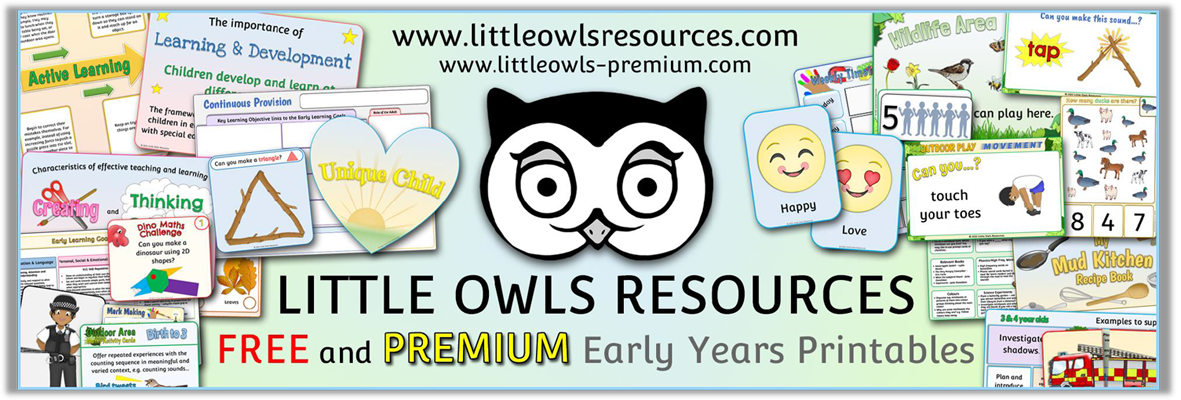



























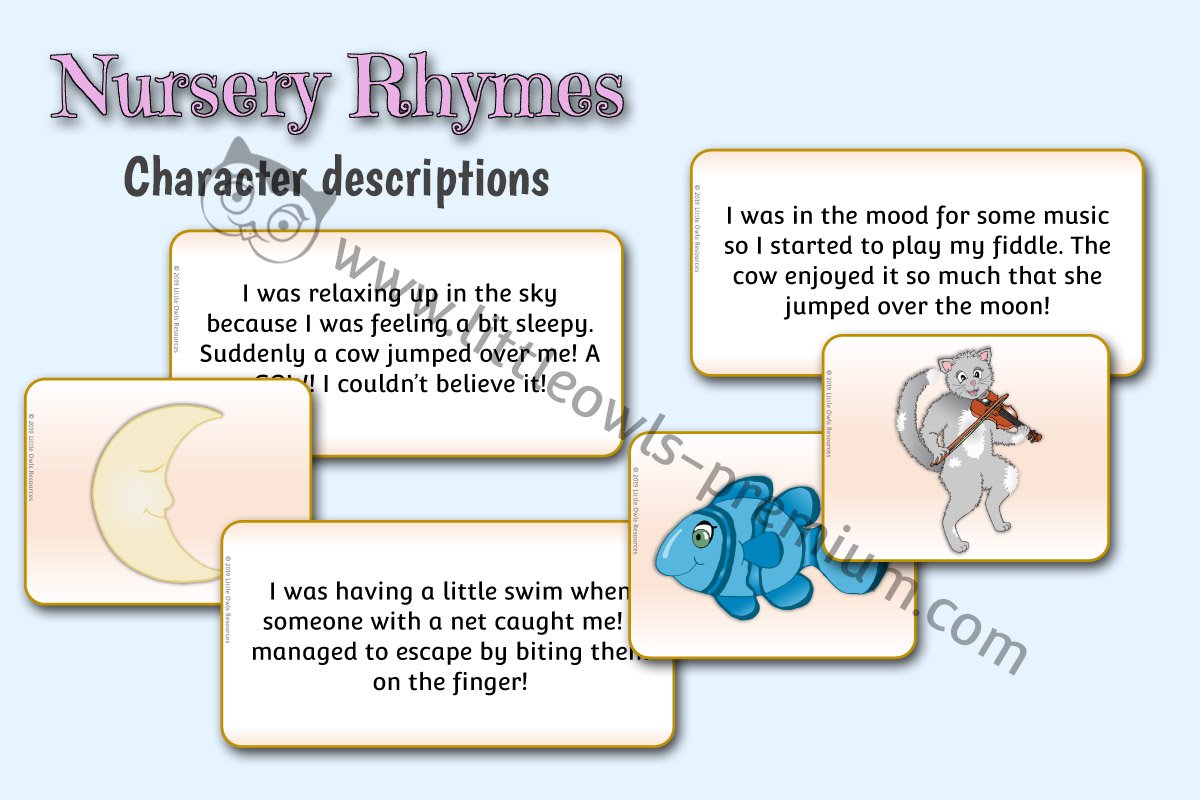


















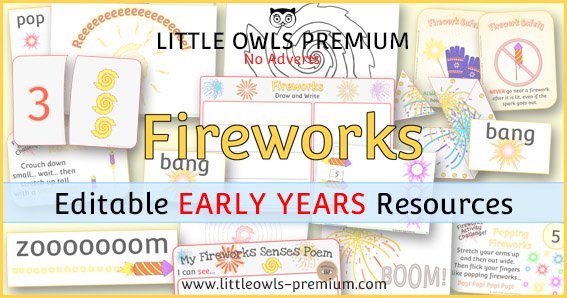
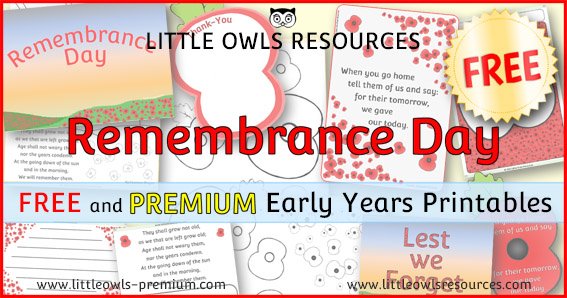

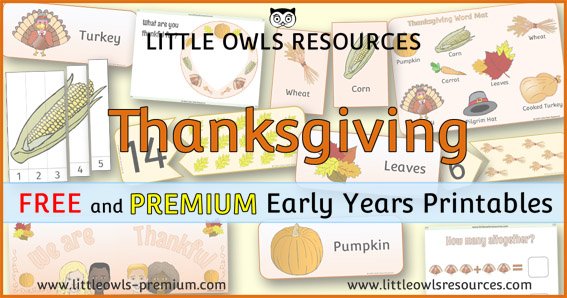









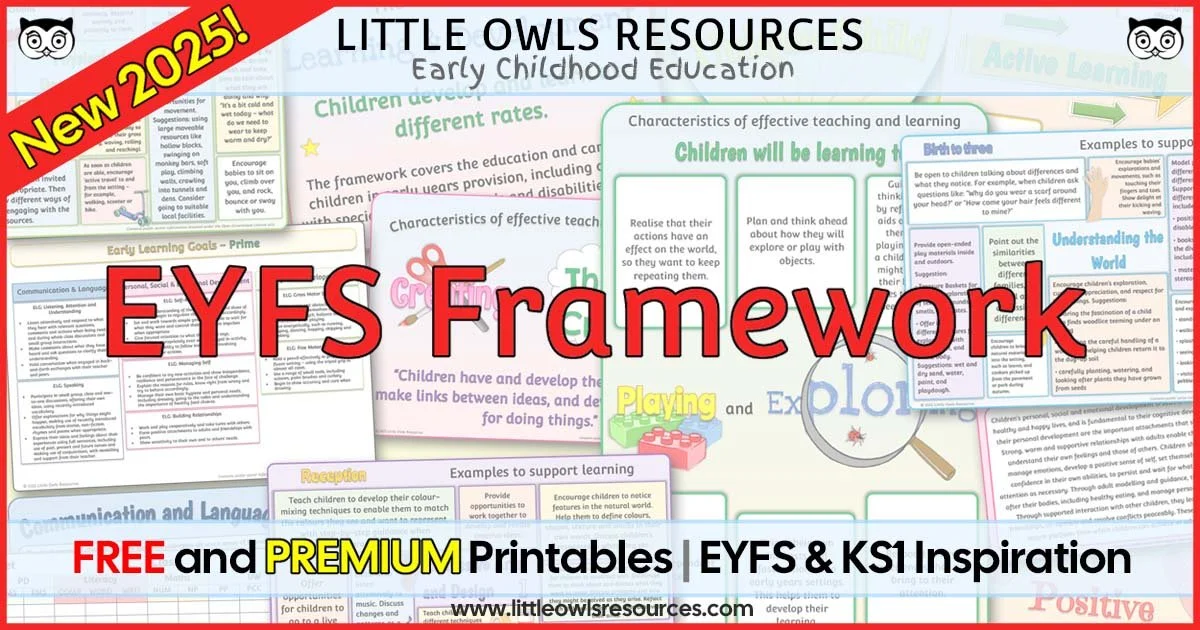

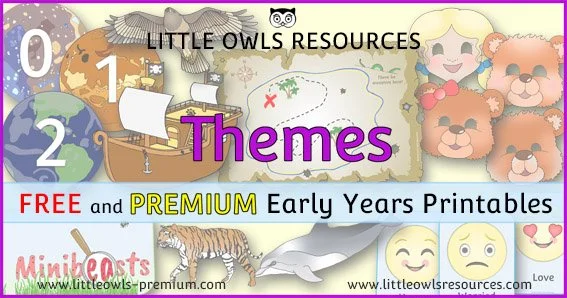

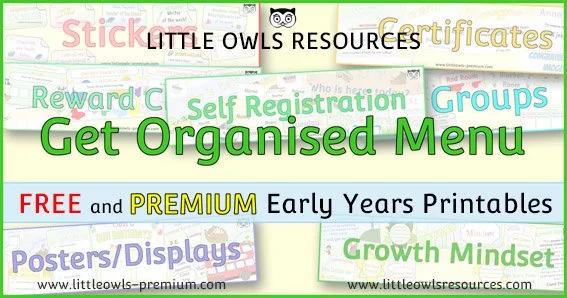


Hello there! 👋🌍 World Hello Day is an international observance held annually on November 21st. It was founded in 1973 by Brian and Michael McCormack as a direct response to the Yom…